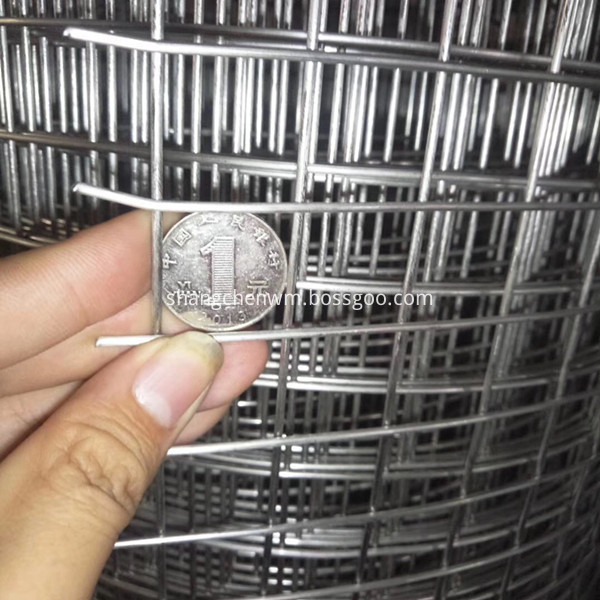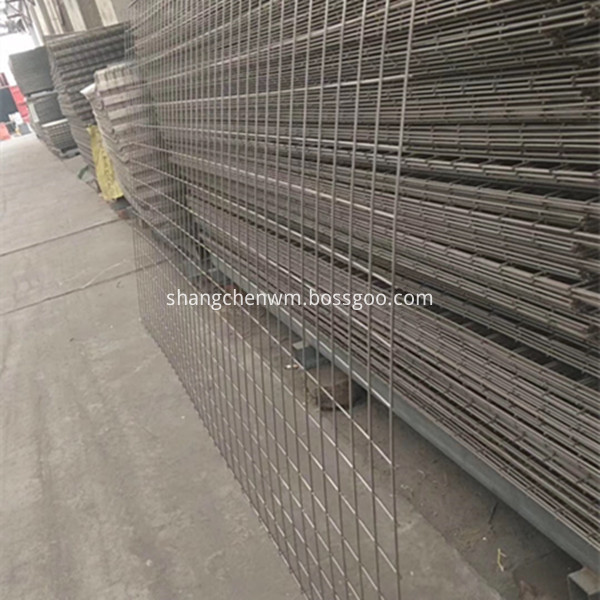In large arch greenhouse cultivation of spring eggplants, temperature control is crucial during the seedling stage. From the time seedlings emerge until they are ready for transplanting, it's important to maintain good insulation within the greenhouse. During the day, keep the temperature between 28°C and 30°C, and at night between 15°C and 20°C. Once the seedlings are established, proper ventilation should be introduced to ensure the daytime temperature stays around 23°C to 25°C, which helps promote healthy growth.
Before the fruiting stage, watering should be minimized if the irrigation system is in good condition. This helps raise soil temperature and reduces the risk of flower and fruit drop. When the fruits begin to develop, apply 10 kg of urea per acre along with irrigation, and adjust the watering frequency accordingly based on the plant’s needs.
After pruning and removing the first set of flowers (the "door" or main buds), all lateral branches and old leaves should be removed to concentrate nutrients on the developing fruit. If double-stem pruning is used, any excess shoots must be promptly removed. In high-density planting, when the "four-door doubling" flower buds appear, leave two leaves above the bud. In low-density planting, you can allow two leaves to remain on the "eight-sided wind" buds.
To prevent blossom and fruit drop, hormonal regulation is effective. Spraying a 20 ppm solution of 2,4-D or using rhododendron extract can help reduce losses due to abscission.
Disease prevention is essential in eggplant cultivation. Common diseases include bacterial blight, Verticillium wilt, and early blight. Prevention is key—use methods like solarization, seed soaking, bed disinfection, and crop rotation. If disease occurs, timely application of fungicides is necessary. For early blight, spray 64% mancozeb WP diluted 500–800 times, or apply 64% WP at 500 times, and water the roots every 7–10 days for 1–3 applications. For Verticillium wilt, irrigate the roots with 50% carbendazim WP diluted 500 times, applying 0.5 kg of the solution per plant. Repeat this every 7–10 days for 2–3 times. For brown spot, spray 75% chlorothalonil WP at 600 times, repeating every 7–10 days for 2–3 applications.
Harvesting should occur from flowering until the tender fruits are ready. With proper management, eggplants typically take 20–25 days to mature. The best time to harvest is in the morning when the fruit is full, shiny, and the skin is still glossy without any white discoloration. Avoid harvesting during the heat of the day to maintain quality and freshness.
Welded Wire Mesh
Welded Wire Mesh
The welded wire mesh including high quality low carbon steel welded wire mesh, stainless steel welded wire mesh, galvanized welded wire mesh, PVC welded wire mesh, etc.
Weaving type and characteristics: galvanizing before or after welding, hot-dipped, electro galvanizing, PVC coating. Strong corrosion-resisting and oxidation-resisting etc.
Usage of welded wire mesh: Widely used in industry, agriculture, building, transportation, mine, playground, lawn, cultivation, enclosure fence, decoration, machine protection, etc.


Welded Wire Mesh,Galvanized Welded Wire Mesh,PVC Coated Welded Mesh,Stainless Steel Welded Mesh,Black Welded Wire Mesh,Stainless Steel Welded Wire Mesh,Welded Wire Mesh Sheet,Stainless Steel Wire Mesh Sheet
ANPING COUNTY SHANGCHEN WIREMESH PRODUCTS CO.,LTD , https://www.scwiremesh.com

